How to build a powerful interior designer resume
Not only are interior design experts equipped with a sense of aesthetics, but they are also challenged with the task of getting the most out of interior space. They do it through creating functional solutions with a dose of imagination and originality.
Their proficiency in design software and knowledge of construction fundamentals, architecture or layout, may be perfect prerequisites for landing a successful job. The question is, “How can you effectively weave these skills into your interior designer resume?”
1. How to tailor your interior designer resume to a specific job description
Each company may have a different set of skills and qualifications needed for the job, and so should have your resume.
Keep in mind to customize each CV section for the interior designer position you are interested in. Include key expressions from the job posting in question, and make your CV notable.
2. How to properly format your interior designer resume
Creating fine focal points that draw attention to your best accomplishments, and using negative space for better readability should be a piece of cake for experts in layout construction that interior designers certainly are.
Make your resume clean and easy to navigate. Avoid flashy graphic elements and bright colors.
You may perfectly stick to a neat two-column template where you organize your work experience and education in reverse-chronological order.
Choose your preferred template and make your resume shine.
3. How to write a winning interior designer resume summary
In the world of interior design, your resume summary is the perfect opportunity to showcase your creative vision and design expertise. To craft a winning interior designer resume summary, channel your passion for transforming spaces into powerful words.
Start by highlighting your standout achievements, like completing high-profile projects or earning recognition for your innovative designs. Emphasize your unique design style and ability to blend functionality with aesthetics to create stunning environments.
Remember to keep it concise and impactful, leaving the reader eager to explore the rest of your exceptional interior designer resume. Your summary should be a captivating glimpse of the artistry and talent that you bring to the table, setting the stage for a resume that will leave a lasting impression on potential employers.
Here's an interior designer professional summary example
Certified Interior Designer with 5+ years of experience managing multiple hospitality projects, FF&E specification and procurement. Created 50+ captivating interiors and won the Madison Award for Harper Designs. Excellent communicator, self-motivated and able to problem-solve independently. Highly proficient in AutoCAD, Adobe Suite and Revit.
4. What are the most compelling skills to put on your interior designer resume
As an interior designer, you are able to maintain an objective view and take people’s housing to a whole new level.
You create possibilities, connections and innovations that can make one’s life easier, and incorporate them into the interior as a natural part of one’s home. This may, indeed, require a fairly demanding skill set.
You want to showcase a perfect blend of hard and soft skills that demonstrate your prowess in creating captivating spaces and fostering excellent client relationships.
Hard skills such as proficiency in AutoCAD, SketchUp, and 3D rendering software will highlight your technical expertise in turning concepts into reality. Showcasing your ability to create detailed floor plans and mood boards will underscore your proficiency in translating ideas into tangible designs.
Additionally, soft skills like creativity, strong communication, and active listening are invaluable in understanding clients' needs and bringing their visions to life. Highlighting your talent for collaborating with clients, architects, and contractors will emphasize your ability to lead successful projects from concept to completion.
Best soft skills for your interior designer resume
- Creative thinking
- Time management
- Analytical thinking
- Effective communication
- Active listening
- Teamwork
- Detail orientation
- Flexibility
- Troubleshooting
Best interior design hard skills for your CV
- Design strategies
- Sketching
- Technical drawing
- Lighting and color schemes
- Construction methods
- Project management
- Budgeting
- Revit
- Proficient in AutoCAD
- Proficient in Adobe Suite
5. How to showcase your work experience in the design industry
Whether you have worked for an unknown company or a global interior design firm, what counts is your contribution. Focus on the most relevant positions to the job you are applying for, and make sure you quantify your achievements.
How to make your interior designer work experience sparkle? Replace the same worn-out words and use more captivating, impactful language when describing your roles.
See these examples of strong verbs for your design resume: executed, operated, headed, spearheaded, launched, consolidated, maximized, enhanced, refined, transformed, partnered, and others.
Interior designer work experience section example
Mark Staten Designs
Lead Interior Designer, 2015-2020
- Spearheaded 10+ compelling commercial interior design projects in a fast-paced environment
- Transformed client ideas into alluring, functional design solutions, received 100% positive feedback
6. How to improve your interior design education section
You have completed your bachelor’s program, and now is the time to make the most of the effort and sweat you invested into your studies.
Not only should you list your education, but it should also feature what you excelled in. Include any awards and achievements related to the job position you are interested in.
Example education section for an interior design resume
University of Europe — B.I.D. Bachelor of Interior Design —2008-2011
- Excelled in Contemporary Interiors
- Won IIDA Student Design Competition, Healthcare Design 2009
7. How to correctly list your interior design certifications
Completing your bachelor’s program may perfectly secure a few job opportunities for you. Nevertheless, if you wished to have the door open to more possibilities in the interior design field, you have probably gained certification in a specific area.
The question then arises, “How to accurately list your interior design certifications in your resume?”. Something like this should be enough:
- NAHB National Association of Home Builders (2016)
- NCIDQ National Council for Interior Design Qualification (2018)
8. How to put a list of interests on your interior designer resume
Including a list of interests on your resume is certainly optional. However, what if there is a slight chance that your free time activities would resonate with the hiring manager? You would probably put them on your CV in the blink of an eye.
Your interests may tell about your character traits more than you would expect, so picking them wisely is the first step.
Are they not directly related to the interior design field? No problem. Learning languages or writing, for instance, may indicate that you are a good communicator, organizer and, last but not least, you have a good memory. Who would not hire you on the spot?
Here's an example of how to properly list interests on your interior designer resume
Interests
- Learning languages: Currently studying Spanish and French to enhance communication skills and better connect with diverse clientele.
- Landscape photography: Capturing the beauty of nature, inspiring fresh design ideas that bring the outdoors inside.
- Creative writing: Actively writing short stories and articles, showcasing attention to detail and a keen eye for captivating narratives.
- Cooking and culinary adventures: Exploring diverse cuisines, fostering creativity and an appreciation for aesthetics in every aspect of life.
Now, when you have created an appealing piece of writing, scan your resume for issues here, and see how it compares against other resumes.
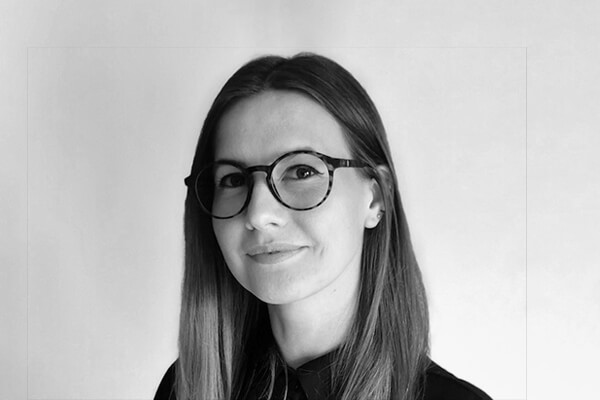

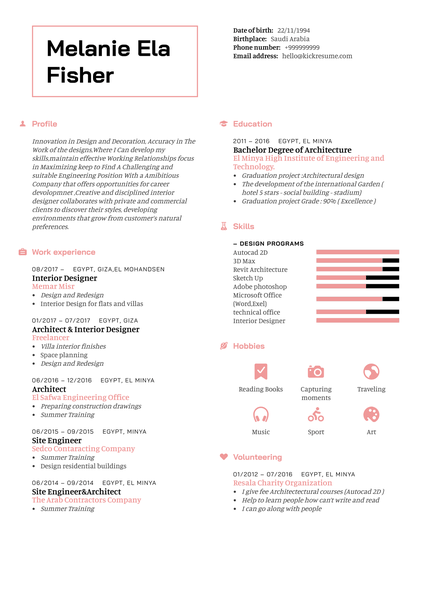

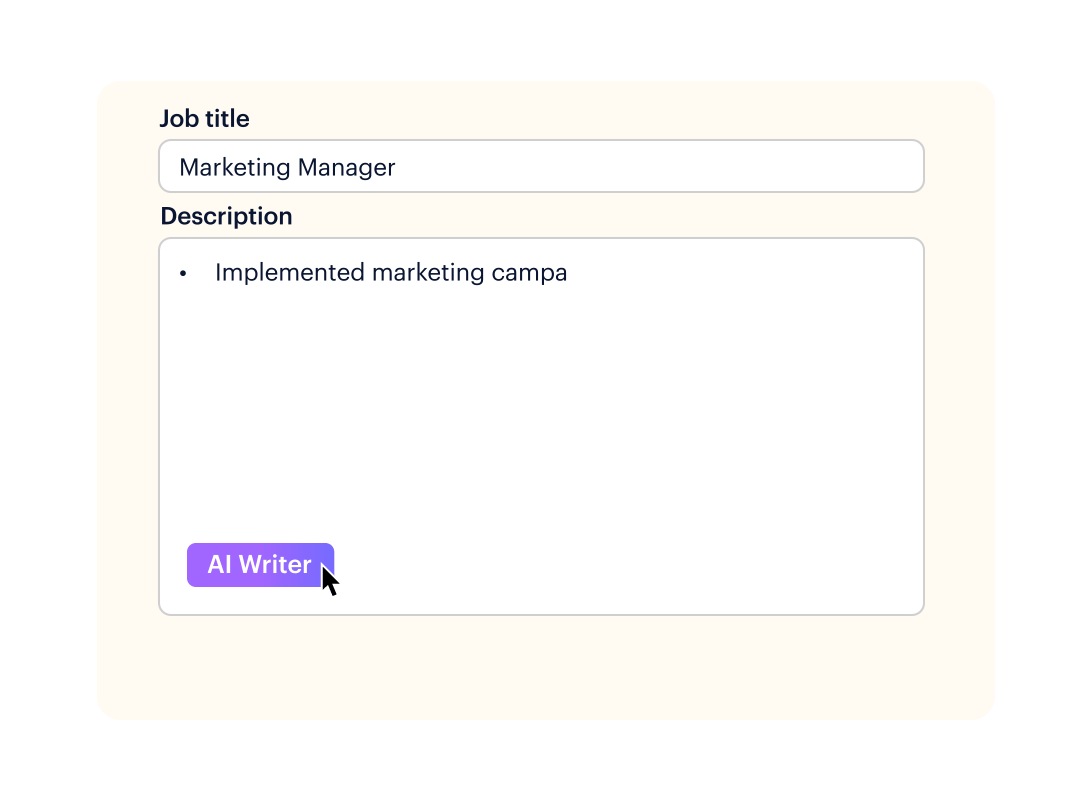

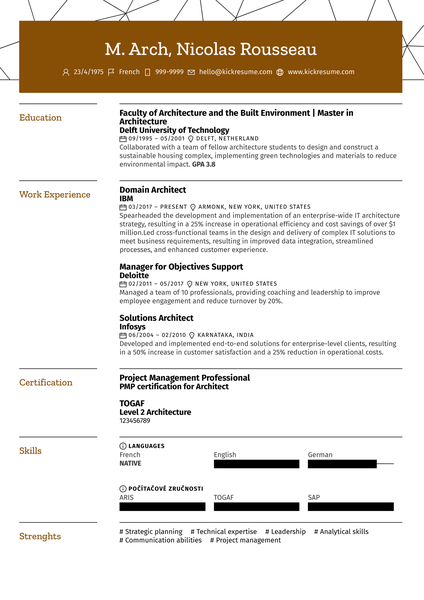




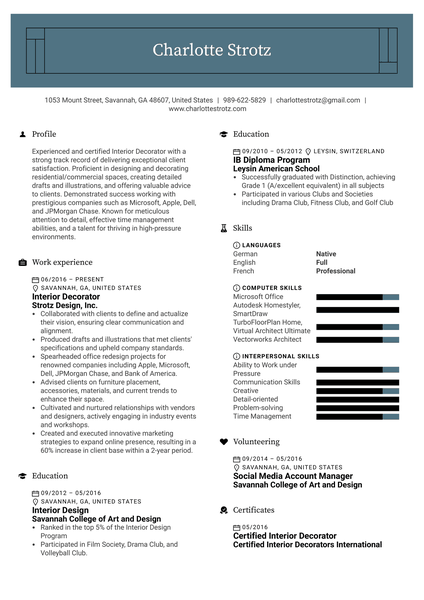

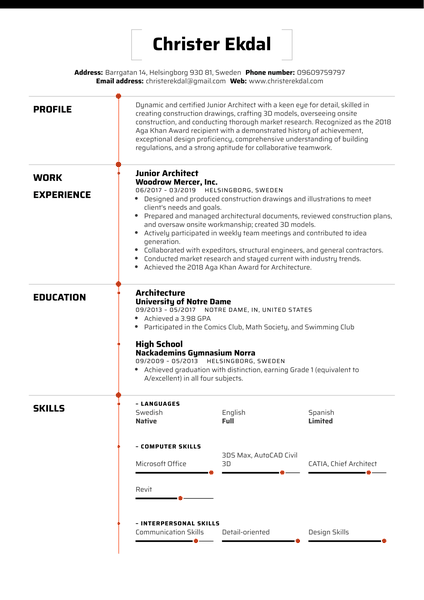

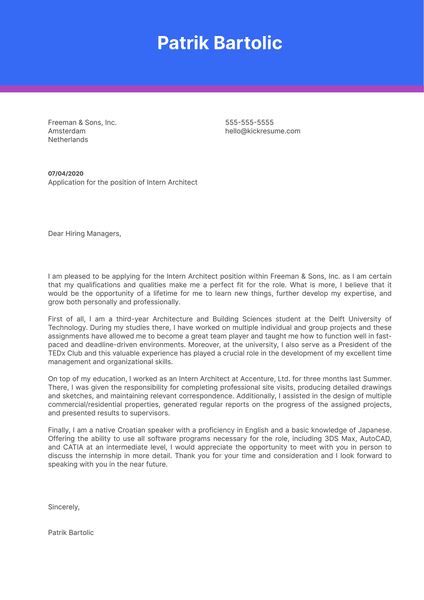
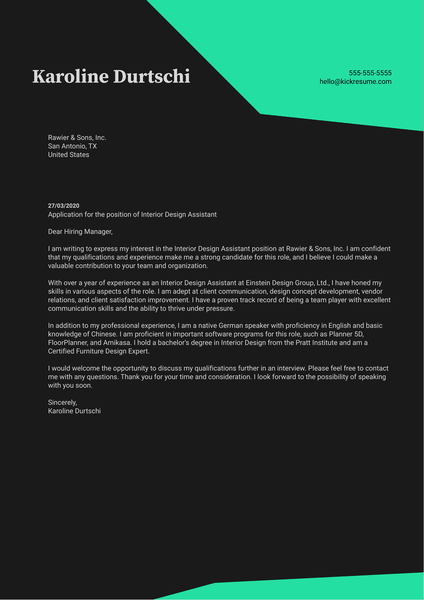
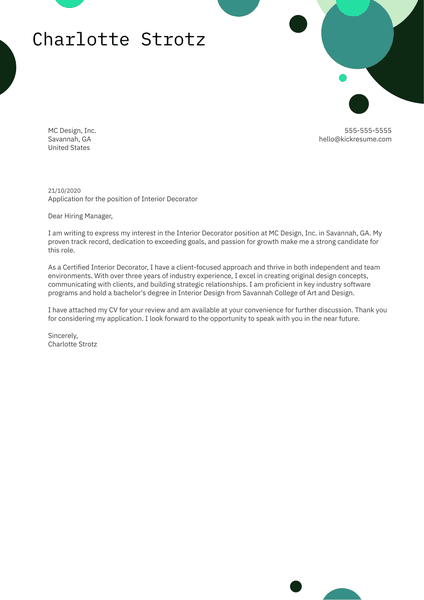
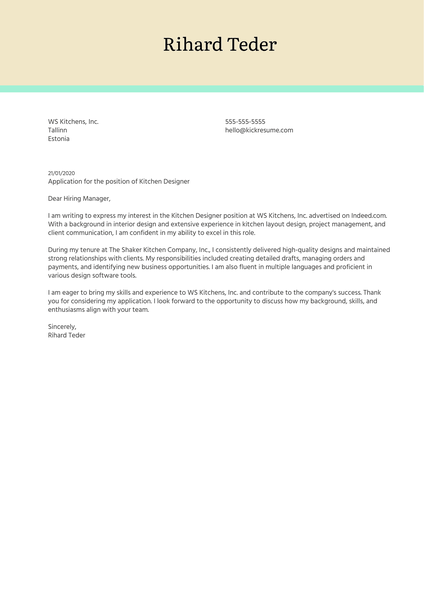
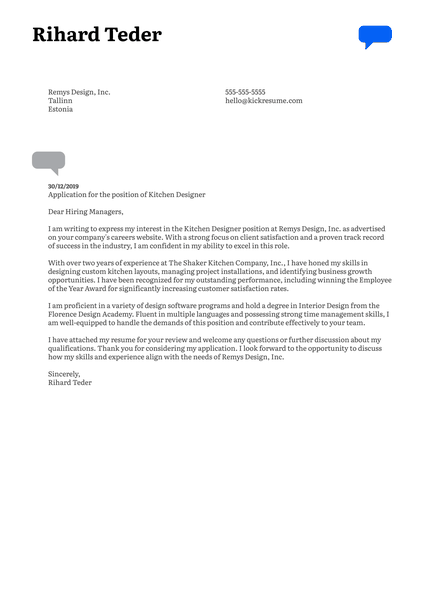
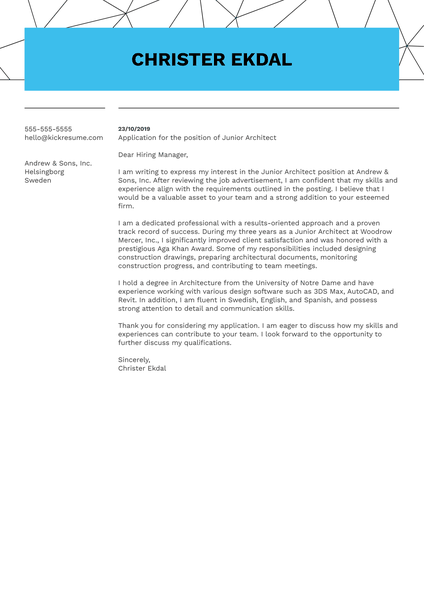
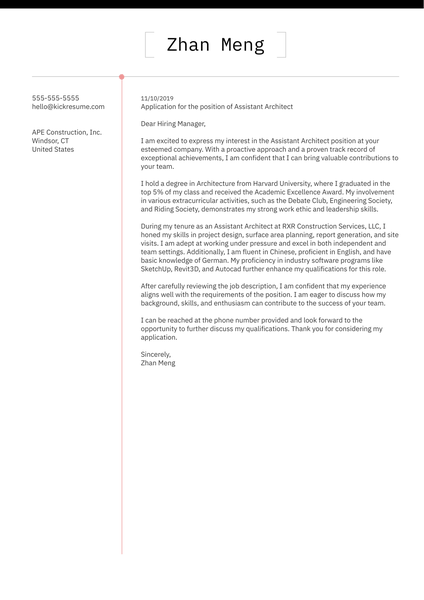
![How to Write a Professional Resume Summary? [+Examples]](https://d2xe0iugdha6pz.cloudfront.net/article-small-images/i-Profile.svg)
![How to Put Your Education on a Resume? [+Examples]](https://d2xe0iugdha6pz.cloudfront.net/article-small-images/i-Collage-Universities.svg)
![How to Describe Your Work Experience on a Resume? [+Examples]](https://d2xe0iugdha6pz.cloudfront.net/article-small-images/Experience.svg)


